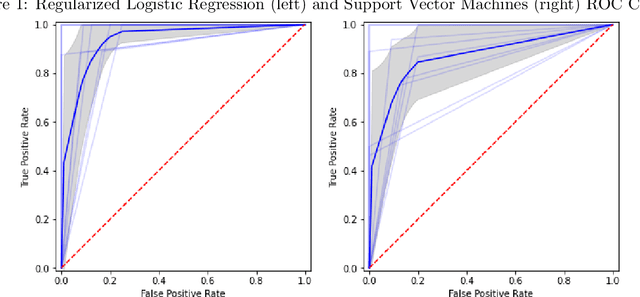Riya Tyagi
Harmonic Loss Trains Interpretable AI Models
Feb 03, 2025Abstract:In this paper, we introduce **harmonic loss** as an alternative to the standard cross-entropy loss for training neural networks and large language models (LLMs). Harmonic loss enables improved interpretability and faster convergence, owing to its scale invariance and finite convergence point by design, which can be interpreted as a class center. We first validate the performance of harmonic models across algorithmic, vision, and language datasets. Through extensive experiments, we demonstrate that models trained with harmonic loss outperform standard models by: (a) enhancing interpretability, (b) requiring less data for generalization, and (c) reducing grokking. Moreover, we compare a GPT-2 model trained with harmonic loss to the standard GPT-2, illustrating that the harmonic model develops more interpretable representations. Looking forward, we believe harmonic loss has the potential to become a valuable tool in domains with limited data availability or in high-stakes applications where interpretability and reliability are paramount, paving the way for more robust and efficient neural network models.
Machine Learning for Real-Time, Automatic, and Early Diagnosis of Parkinson's Disease by Extracting Signs of Micrographia from Handwriting Images
Nov 24, 2021



Abstract:Parkinson's disease (PD) is debilitating, progressive, and clinically marked by motor symptoms. As the second most common neurodegenerative disease in the world, it affects over 10 million lives globally. Existing diagnoses methods have limitations, such as the expense of visiting doctors and the challenge of automated early detection, considering that behavioral differences in patients and healthy individuals are often indistinguishable in the early stages. However, micrographia, a handwriting disorder that leads to abnormally small handwriting, tremors, dystonia, and slow movement in the hands and fingers, is commonly observed in the early stages of PD. In this work, we apply machine learning techniques to extract signs of micrographia from drawing samples gathered from two open-source datasets and achieve a predictive accuracy of 94%. This work also sets the foundations for a publicly available and user-friendly web portal that anyone with access to a pen, printer, and phone can use for early PD detection.
 Add to Chrome
Add to Chrome Add to Firefox
Add to Firefox Add to Edge
Add to Edge